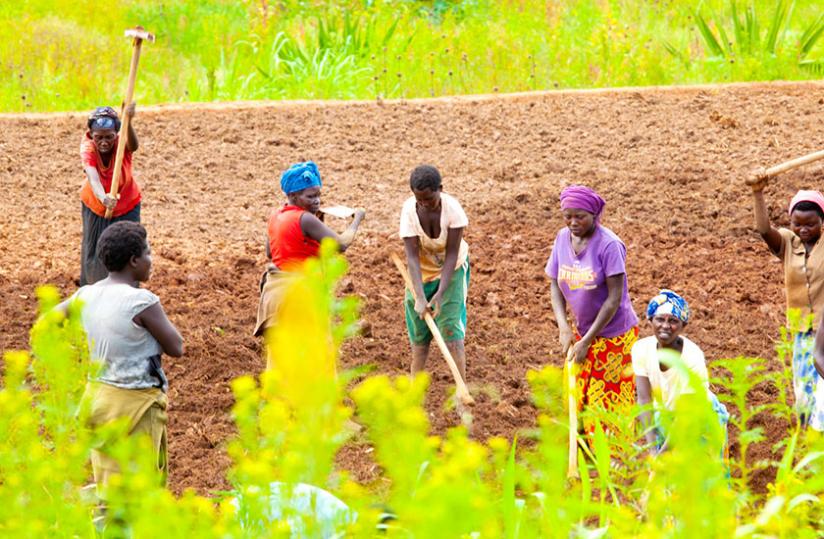The public will no longer have to dig into documents and move from one place to another for information about land use following the launch of the National Land Use Portal.


The public will no longer have to dig into documents and move from one place to another for information about land use following the launch of the National Land Use Portal.
Rwanda National Resources Authority (RNRA) said the portal is the first of its kind in Africa.
Eng. Didier Giscard Sagashya, deputy director-general for land and mapping at RNRA, made the remarks at the launch of the portal in Kigali yesterday.
The portal was launched together with Rwanda Base Map, which consists of information about already existing features in the country.
The portal is a web-based platform that enables land plans, other maps and related information to be easily accessible to the public.
Sagashya said the portal provides information about activities or projects to be done at a given area, including residence, school, industry, health and commercial purposes.
"People are now able to know what to be done where. The content is on the web and is easy to navigate,” he said.
He said the portal will help both the public accessing general information and professionals for doing analysis on land use.
Anna Knox, Usaid land project chief of party, said the portal will ease people’s business procedures.
"If a person wants to build a residential house in a given area, yet it is designed for milling plant, they will choose another place instead of getting into evacuation trouble,” she said.
Internet access
On lack of access to Internet for some people, which is likely to hinder access to the information, Knox said there are some alternatives to help them.
"For this first time, local leaders will be helping them to get information from the portal, and then we will produce print maps and distribute them in all cells of the country so that they can use them,” Knox said, adding that they will consider how to translate the portal into Kinyarwanda.
Sagashya said Rwanda Base Map avails people with needed information, including area boundaries, like forests, military camps, and elevation with contour lines showing areas which are higher than others, hydrographic data, like water bodies, wells, drainages, small airports, power lines, and road networks.
Replacing outdated base map
There are also health facilities, education facilities like schools, tea factories, offices, open agriculture, forests, irrigated areas and areas to be protected like marshlands.
He said the base map that has been in use was created from 1978 to 1989, hence it was outdated as there have been many changes in socio-agro and economic features.
"The base map existed for 30-40 years so the content was no longer matching the reality today,” he said, citing Akagera National Park, which is now one-third the size it was in 1970 to 1980.
The National Base Map was produced using aerial topography for 96 per cent of Rwanda’s territory, while 4 per cent was covered through buying high resolution satellite images. The average cost was Euro 107 per square kilometre.
Sagashya said it will be kept updated through accredited government personnel at different levels to ensure people access accurate information regarding land use.
So far, 22 institutions involved in land use, including the statistics body, universities, and ministries with which they are collaborating for the Portal to better serve the public.
For one to use the portal, they have to register and get a unique personal identification number.
The portal was developed by RNRA department of land and mapping in collaboration with Usaid Land Project.
editorial@newtimes.co.rw


